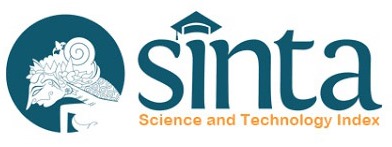Abstract
Low daily calcium intake in Asia, especially in Indonesia, is still a serious problem. The abundant fish bone waste from the fishery fillet industries in Indonesia, can be employed as an alternative source of calcium to meet daily calcium needs. This research aimed to determine which of the six fish species (tilapia, catfish, grouper, snapper, tuna, kingfish mackerel) produces the best quality and the most cost-effective nano-calcium powder for a recommendation to the stakeholders. The calcium was extracted using an alkali treatment. The properties of the produced nano-calcium powders were analyzed for: proximate composition, calcium and phosphorus levels, color brightness level, XRD, FTIR, particle size, and SEM-EDX image analysis. The tilapia bone had the finest particle size of calcium (87.37 nm), while the grouper bone had the biggest particle size (281.4 nm). The brightness of all yields varied from 83.83 (beige-kingfish mackerel) to 90.64 (white-tilapia). The average calcium content from EDX analysis varied from 21.51% (snapper) to 34.37% (grouper). The average phosphorus levels ranged from 10.73% (kingfish mackerel) to 15.99% (grouper). The EDX Ca/P molar ratio was 1.41-1.66 across all samples. The FTIR spectra showed that all samples contained PO, CH, CO, NH, and OH groups. The XRD spectra pattern determined that the two main components of the fish bone nano-calcium powder were >90% hydroxyapatite and halite. All fish bone samples have the potential to be used as raw material for nano-sized calcium. However, grouper bone with the highest calcium content and the highest nano-calcium yield was the best choice for further study.
Keywords
nano-calcium, fish bone, fishery industry waste
PDF Download: 237
 PDF Download: 237
PDF Download: 237








